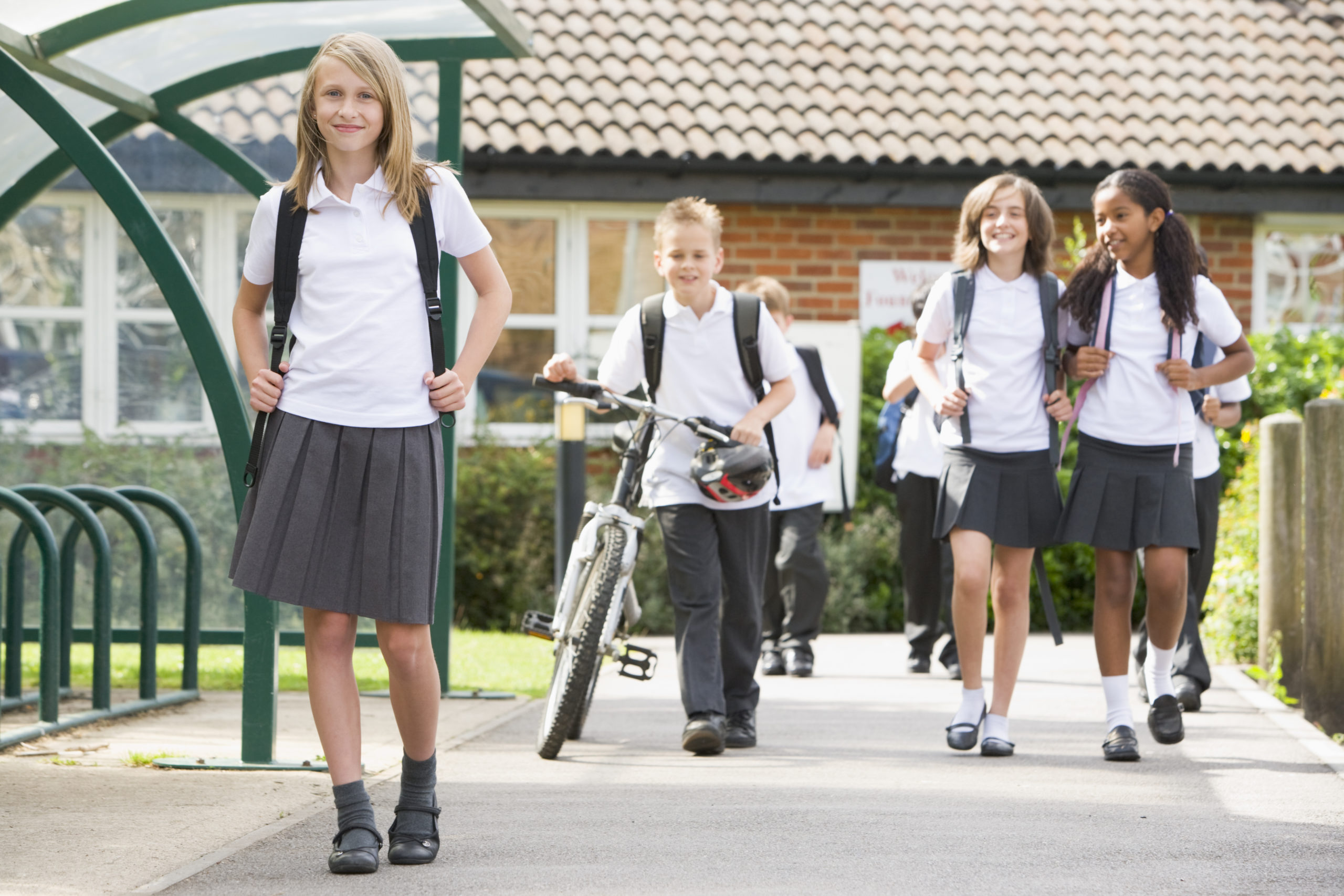This year, as with last year, we are shrouded in uncertainty about what we’ll be able to do when focusing on transition this year between KS2 and KS3. Rules and roadmaps are being rolled out and put in place. However we are all aware this may change and leave us needing to adapt more traditional transition activities. With this in mind, how can we ensure that the transition to secondary is a successful process for the current Year 6 cohort?
For me, there are 3 C’s which lead to a successful transition from Primary to Secondary. Each of them is just as important as the other and together they will create a smooth summer term allowing children to feel not only ready to make the next move in their educational journey, but excited for it!
Curriculum
There is often a dip in academic achievement within the summer term; moving schools with a 6-week gap often means children can find the adjustment to the new year group curriculum a tricky one. Therefore, this should be a key focus, particularly in the summer term, to ensure that children are as confident as they can be with key skills that underpin the rest of their learning. Any Year 6 teacher will know that the supposedly ‘quiet’ summer term ends up being just as busy as the rest of them! But any gaps between activities – play revision games and help children feel secure with these key skills. Alongside this, it is really helpful for secondaries to provide key vocabulary within their subjects, as this can be introduced throughout Year 6 and allow children to have exposure to this prior to KS3 lessons.
Top Tip – Year 6: Spend the summer term embedding key skills such as timetables and using a range of basic punctuation effectively. The more confident children feel, the quicker they’ll settle in September.
Top Tip – Year 7: Spend the first lesson(s) recapping the key skills you want children to know. They’ll have been taught them but might need some revision after the break!
Community
One of the biggest parts of transition which can be difficult to navigate is feeling as though they are part of the new school community. By ensuring that the cohort feel welcomed and accepted into their new school – particularly those children coming on their own or with only one or two other children from their primary – the transition will be much more successful. The more they are immersed in their new school’s culture, the better!
Top Tip – Year 6: Introduce as many similar rules into your Year 6 classroom as possible – this will ease the transition.
Top Tip – Year 7: Have your current Year 7 cohort send a personalised card to a new Year 6 student. It will immediately help them feel welcomed and excited!
Collaboration
For me, the most important part of transition is the collaboration between primary and secondary colleagues. It is a joint effort; we can only host successful transitions by working together cohesively. Observe colleagues in other settings, exchange planning and, where possible, visit the school! We had a brilliant lesson from a secondary colleague in October which started our transition really well, allowing children to start thinking about what it would be like and introducing the concept of moving on much earlier than usual. As a Year 6 teacher, one of the most valuable things I did was visit the local secondary and observe lessons – including ones my past students were in!
Top Tip – Year 6: Visit secondary schools – particularly useful to observe subjects you feel less confident in. Really easy way to gain ideas!
Top Tip – Year 7: Schedule either a general secondary lesson or a subject specific lesson for as many feeder schools as you can. Remember, the pandemic has given us the joy of zoom!
These 3 C’s will certainly begin enhancing transition for children. This is obviously a very quick insight and there is further development of each of these needed in order to create a well-rounded experience. With a year of unclear expectations, we need to make this process as secure, safe and certain for the students as possible.
And my final tip? Ask the students what they feel they need for their transition and include it where possible to give them additional support. It’s their voice that matters most.
Emily Weston is a KS2/KS3 transition teacher, book blogger and part of #TeamTransition as the Reading Strand Leader. You can listen to Emily talking about transition on the Word Up podcast with Helen Prince: http://oxford.ly/transitionpod
You may also like to read:
Maths Transition from Year 6 to Year 7: Jemma Sherwood
Smoothing the transition to Secondary School in a pandemic year: Sam Holyman
